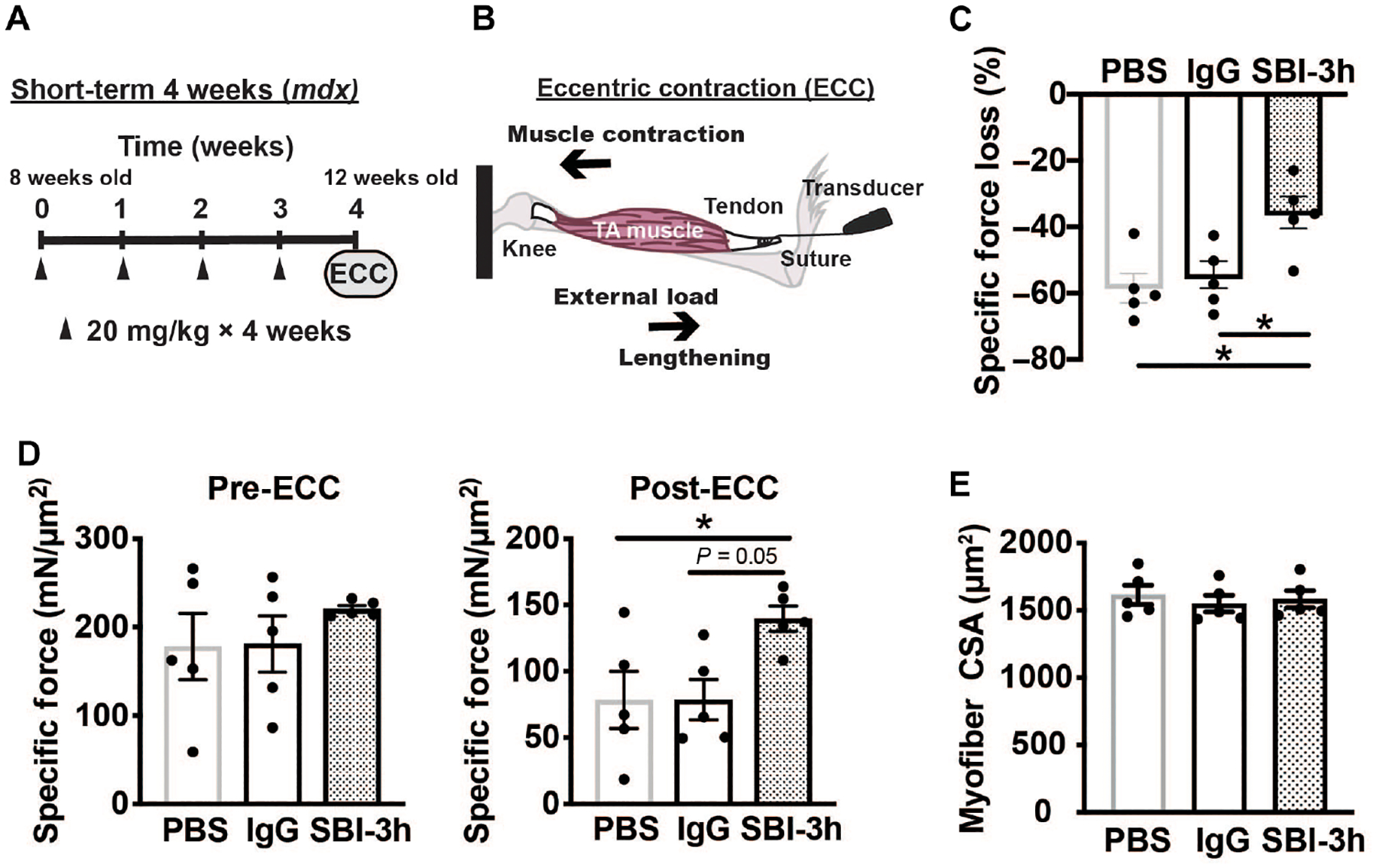Fig. 2. Short-term in vivo treatment with anti-LTBP4 human antibody enhanced muscle performance in dystrophic mice.

(A) mdx male mice were injected intraperitoneally with either PBS, human IgG control antibody, or SBI-3h at 20 mg/kg once per week for 4 weeks starting at 8 weeks of age and completing at 12 weeks of age. Arrowheads indicate the timing of antibody dosing. (B) Muscle lengthening through application of external force during muscle contraction elicits eccentric contraction (ECC)–induced injury to mdx muscle. (C) Specific force loss after eccentric injury is a feature of mdx TA muscle after lengthening contractions (ECC) due to dystrophin loss. Treatment with SBI-3h, but not nonspecific IgG, reduced the amount of force loss in treated TA muscles, indicating protection against injury and preserved performance. (D) TA muscle–specific force measurements before eccentric injury and after eccentric injury in anti-LTBP4 (SBI-3h)–treated mice. (E) TA myofiber cross-sectional area measurements after treatment with antibody. * P < 0.05 by one-way ANOVA. n = 5 mice per group.
